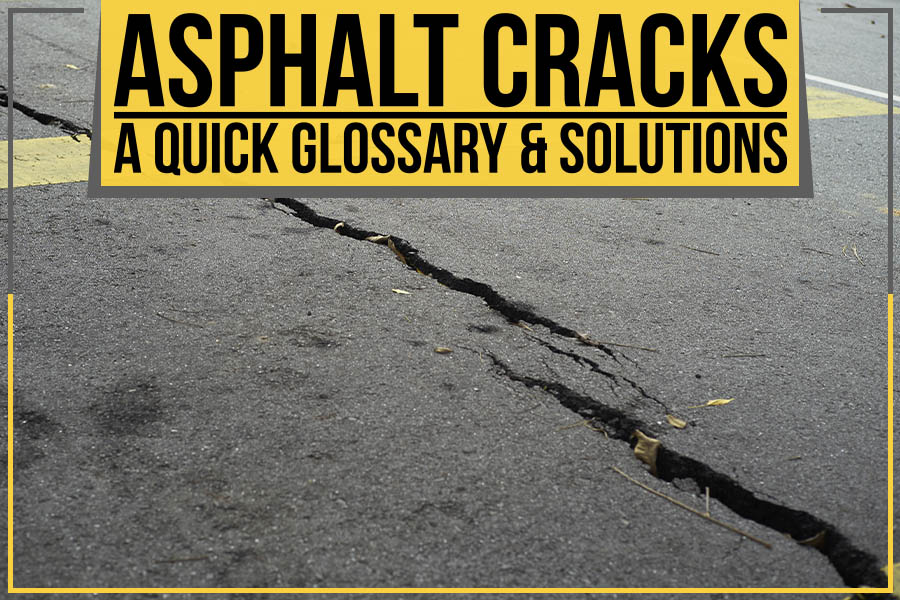Asphalt pavement is typical for roadways and parking lots in the United States. They are cost-effective, durable, and easy to maintain. However, it is also susceptible to damage, leading to unsightly and potentially dangerous cracks. Carolina Asphalt will discuss the different types of asphalt cracks and their corresponding solutions.
Types of Cracks and Their Solutions
So, what are the various types of asphalt cracks, and how can you fix them? Let’s take a look.
1. Alligator Cracks:
Also known as map cracks or spider cracks, alligator cracks are caused by fatigue or repeated traffic loading. The surface of the asphalt looks like the skin of an alligator, with interconnecting cracks that resemble a web or network. The best way to repair alligator cracks is to mill the damaged area and resurface it with new asphalt.
2. Block Cracks:
Block cracks are characterized by large, rectangular-shaped gaps in the pavement surface. They are caused by shrinkage of the asphalt as it cools and dries after being installed. The best way to repair block cracks is to fill them with an asphalt repair material such as cold mix or hot mix.
3. Edge Cracks:
Edge cracks are usually found along the edges of pavements and parking lots. They are caused by poor drainage and a lack of support at the edges of the pavement. The best solution for edge cracks is to seal them with an asphalt crack filler.
4. Linear Cracks:
Linear cracks are characterized by long, straight gaps in the pavement surface. They are caused by thermal expansion and contraction of the asphalt. The best way to repair linear cracks is with hot mix asphalt.
5. Potholes:
Potholes are large, bowl-shaped depressions in the pavement surface that form when water seeps into the pavement’s base and weakens it. The best way to repair potholes is to fill them with an asphalt patching material.
6. Hairline Cracks:
Hairline cracks are thin, barely visible cracks that form on the asphalt surface. They are caused by weathering and aging of the asphalt. The best way to repair hairline cracks is to seal them with an asphalt crack filler.
7. Slippage:
Slippage cracking is a linear crack that forms when there is too much stress on the pavement. It is caused by traffic, weathering, and the aging of the pavement. The best way to repair slippage cracking is to seal the cracks with an asphalt emulsion or a hot-applied rubberized asphalt.
8. Raveling and Stripping:
Raveling and stripping are two types of surface damage to asphalt. Raveling is when the surface of the asphalt begins to disintegrate, and stripping is when the aggregate (rocks) starts to become loose from the rest of the asphalt. The best way to repair raveling and stripping is to seal coat the surface.
Ending Note
We hope you better understand the different types of asphalt cracks and their causes. If you are experiencing any of these issues, please do not hesitate to contact Carolina Asphalt, serving NC & SC, for a free estimate on our services. We offer a wide range of pavement marking and repair services, including crack sealing and filling.
Our team is happy to help get your pavement back in top condition. Thanks for reading!




